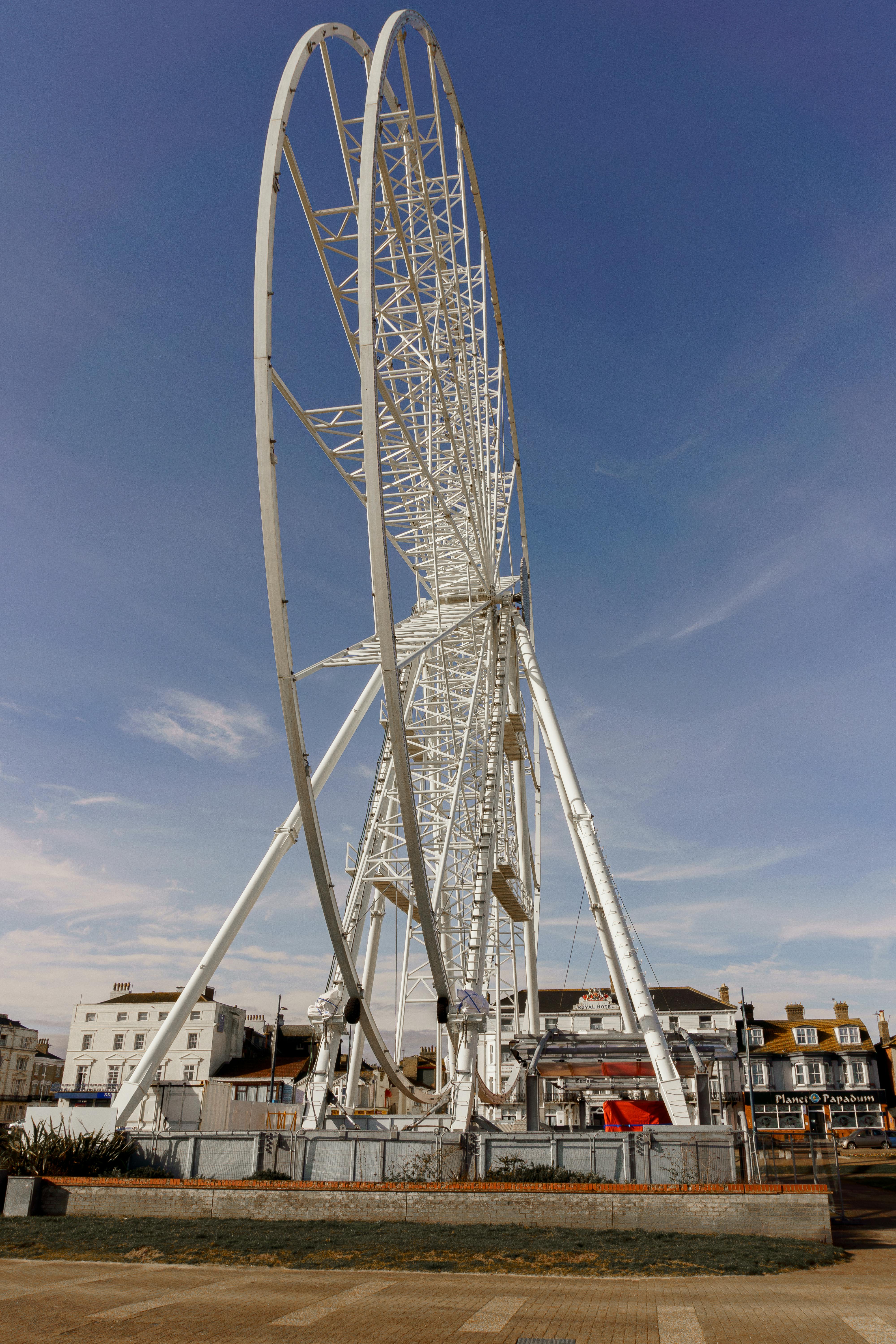
Essential Guide to Driftwood for Aquariums in 2025
Integrating driftwood into your aquarium not only enhances the beauty of your setup but also supports the well-being of your aquatic life. Driftwood serves multiple functions, including providing hiding spots for fish and shrimp, serving as a surface for beneficial bacteria, and contributing to the overall aesthetics of the tank. In this guide, we will explore the various aspects of using driftwood in aquariums, types and benefits, and how to properly care for it.
For hobbyists looking to optimize their aquarium setup, understanding driftwood's role is essential. This article will cover the different types of driftwood available, how to prepare and maintain it, and discuss innovative ways to incorporate it into your aquarium decor. By the end, you'll be equipped with crucial knowledge to help you make informed decisions about incorporating driftwood into your aquatic space.
Key takeaways from this article include insight into the best driftwood types for different tank setups, care and maintenance tips, and the many benefits that driftwood brings to fish habitats.
Understanding Different Types of Driftwood for Your Aquarium
When selecting driftwood for your aquarium, it is crucial to understand the various types available and their specific characteristics. Each type of driftwood brings unique properties that can influence both aesthetics and functionality in your tank.
Popular Driftwood Species for Aquariums
Among the most favored driftwood species are Malaysian driftwood, Mopani wood, and Redmoor wood. Malaysian driftwood is renowned for its sturdy structure and intricate shapes, making it ideal for both decorative and functional uses. Mopani wood, with its dual-colour tones, brings a unique aesthetic to aquariums, and is often chosen for its durability. Redmoor wood stands out due to its gnarled appearance, providing excellent hiding spots for shy fish and invertebrates.
Benefits of Using Driftwood in Fish Tanks
Driftwood not only serves as an aesthetic component but also contributes immensely to the ecological balance in an aquarium. It can lower pH levels slightly, creating a more suitable environment for specific species, particularly in biotopes. Driftwood also offers a surface for biofilm growth, which serves as a food source for many small fish and invertebrates, enriching their habitat.
Choosing the Right Driftwood for Your Fish Tank Setup
Selecting the suitable driftwood for your aquarium greatly depends on the species you house and your desired aesthetic. Consider factors such as water parameters, tank size, and the overall theme of your aquascape. For instance, smaller tanks benefit from lighter, smaller pieces, while larger tanks can accommodate more substantial structures. You should also evaluate the hardness of the wood, as some species are better suited for specific water conditions compared to others.
Building on these foundations, let’s explore how to prepare and maintain driftwood for optimal aquarium health.
Preparation and Maintenance of Driftwood in Aquariums
Properly preparing and maintaining driftwood is essential to ensure the health of your aquarium ecosystem. Driftwood can sometimes leach tannins, which can affect water quality. Thus, following suitable cleaning and treatment procedures is crucial.
How to Clean Driftwood for Your Aquarium
Before introducing driftwood into your tank, it’s important to clean it thoroughly. Start by scrubbing the wood with a soft brush to remove dirt and debris. Avoid using harsh chemicals or soaps, which can harm aquatic life. Rinse the wood with warm water, and consider soaking it in a bucket with dechlorinated water for several days to neutralize any remaining tannins.
Understanding Driftwood Care Over Time
Over time, driftwood may degrade, affecting your aquarium’s aesthetics and possibly harboring harmful bacteria. Regular maintenance checks are essential; look for signs of decay or excessive color change. Re-soaking your driftwood periodically can also help maintain water quality and ensure that any release of tannins is minimized.
Monitoring Water Conditions Related to Driftwood
It is essential to regularly monitor water parameters in tank setups containing driftwood. Given the natural decomposition processes that might occur, using tests kits for pH, nitrates, and ammonia can help ensure a balanced environment. Always aim for stable water conditions to promote the health of your aquatic life.
This naturally leads us to discuss how driftwood can be beautifully integrated into your aquascape, enhancing both its functionality and attractiveness.
Incorporating Driftwood into Your Aquascaping Design
Driftwood is fascinating due to its versatility in aquascaping. Proper placement enhances both the beauty and function of your aquarium, transforming a basic tank into a stunning aquatic landscape.
Driftwood Placement Techniques in Aquariums
When placing driftwood in your aquarium, consider the layout's depth and flow. Positioning the wood at varying angles can create a sense of movement. Also, ensure there are hiding spots created by the driftwood for fish and invertebrates, promoting a natural environment. Additionally, choose locations that allow for aquatic plants to intertwine and grow, giving your tank a lush, cohesive look.
Combining Driftwood with Other Aquarium Decor
Integrating driftwood with other decorations, like rocks or aquatic plants, can enhance visual appeal. It is advisable to pair driftwood with compatible hardscape elements that complement the wood's texture and shape. For instance, pairing rounded stones with jagged driftwood creates contrast and interest.
DIY Driftwood Aquarium Projects
For those interested in hands-on projects, creating DIY driftwood aquarium decorations can be rewarding. Consider attaching moss, such as Java moss, to driftwood using fishing line or non-toxic glue. This adds a splash of green, enhances aesthetics, and provides additional habitats for microfauna and shrimp within the aquarium.

Now that we understand how to effectively incorporate driftwood in our setups, let’s delve into specific types of driftwood and how they impact different aquatic ecosystems.
Exploring Different Driftwood Types for Diverse Aquatic Environments
Understanding the different types of driftwood and their ecological impact can assist you in selecting the best fit for your specific aquarium environment. Each type of wood can enhance the habitat based on the species you keep.
Hardwood vs. Softwood for Aquariums
Hardwood such as oak and maple tends to come with denser properties, making it more durable for supporting larger fish. Conversely, softwoods like pine are less dense and can decay faster, potentially contributing to excessive organic material in the tank. Therefore, knowing the differences is key in making an informed decision about what to include in your aquarium.
Using Sinking Driftwood and Its Benefits
Sinking driftwood is particularly beneficial in aquariums as it stays submerged, creating opportunities for various aquatic life to interact with it. When selecting sinking driftwood, ensure it matches your tank’s parameters and aesthetic preferences. This type also invites unique behaviors from fish, as they will often use it for shelter or as a foraging zone.
Driftwood for Planted Aquariums
For planted aquariums, driftwood can serve dual purposes. Not only does it add aesthetic appeal, but it also supports plant growth by providing attachment points. Specific aquatic plants thrive when they can latch onto driftwood, elevating their exposure to light and nutrients.
Following the various types and uses, let’s focus on the careful maintenance and care required for driftwood to sustain a thriving aquarium environment.
Maintaining Your Driftwood and Aquarium Environment
Effective driftwood care is essential for ensuring the health of your entire aquarium ecosystem. Maintenance routines can help prevent all sorts of issues that arise from neglecting this critical aspect.
Regular Care and Check-Ups for Driftwood
It is vital to incorporate driftwood maintenance into your overall aquarium routine. This could mean visually inspecting the wood for signs of rot or mold, which indicates it may need replacing. If you notice decay, it’s best to remove it to avoid further issues in the tank.
Strategies for Driftwood Preservation
To preserve your driftwood, regularly conduct water quality tests and ensure that it remains clean and free from debris. Use a gentle scrubbing technique when cleaning and always opt for natural cleaning methods to maintain the integrity of the wood and overall health of the tank.
Long-Term Driftwood Care Tips
Over time, you may want to adapt your aquarium’s aesthetic or the species housed within it. Yearly evaluations of your driftwood's appearance and functionality are advisable. Ensure that your driftwood continues to serve its intended purpose and remains compatible with any changes made to the aquarium setup, such as plants or new fish species.

Benefits of Using Driftwood in Your Aquarium
Finally, we must understand the full spectrum of advantages that driftwood provides in aquariums. Each benefit significantly enhances the aquatic ecosystem.
Enhanced Aesthetics and Natural Habitats
Driftwood creates visually striking layouts while offering essential shelter and breeding grounds for aquatic life. The natural look helps to maintain a balanced aquarium, embracing the fish's instincts and behaviors while reinforcing their well-being.
Improving Water Quality in Aquariums
The presence of driftwood can encourage favorable water quality by leaching beneficial tannins and creating a slight acidity that favors soft water species. This balancing act supports various freshwater ecosystems, making driftwood not only decorative but functional.
Community and Behavioral Benefits of Driftwood
In terms of social dynamics, driftwood provides spaces for fish to establish territories and create hierarchies. Understanding these interaction patterns emphasizes the importance of creating environments that mimic their natural habitats through effective aquascaping.
With the comprehensive insight we've gathered on driftwood, from its selection to its maintenance and the benefits it provides, you are now equipped with essential knowledge to enhance your aquarium setup effectively. The integration of driftwood is not merely an aesthetic choice but a vital component of creating a thriving aquatic ecosystem.